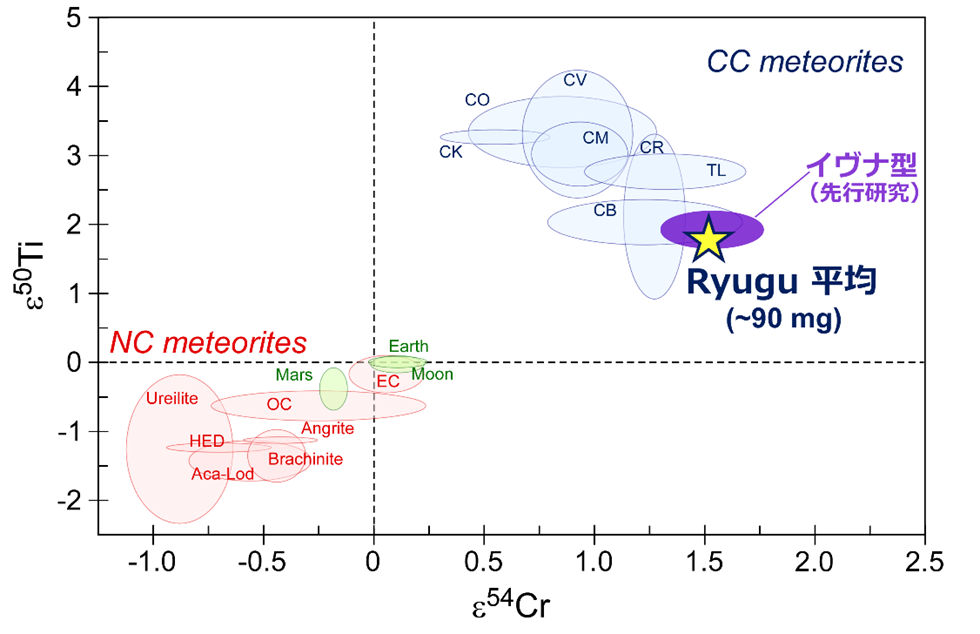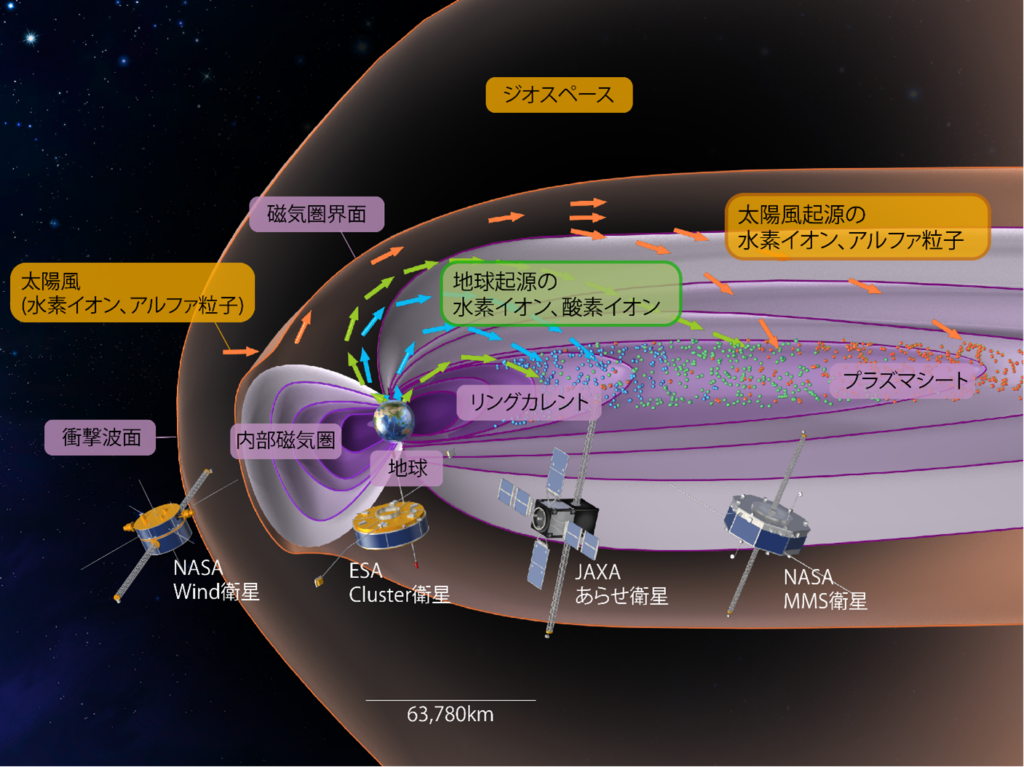Joint Press Release
Takeshi Iizuka (Associate Professor, Department of Earth and Planetary Science)
Shogo Tachibana (Professor, Department of Earth and Planetary Science, ISAS)
A research group led by Professor Tetsuya Yokoyama of the Department of Earth and Planetary Science, Faculty of Science, Tokyo Institute of Technology, Associate Professor Tsuyoshi Iizuka and Professor Shogo Tachibana of the Graduate School of Science, University of Tokyo, and Professor Hisayoshi Yurimoto of the Graduate School of Science, Hokkaido University has measured the isotopic composition of the Cb-type asteroid Ryugu, and found that intense water metamorphism and water circulation on Ryugu caused local heterogeneity in chromium isotopic composition, They found that local inhomogeneities in chromium isotopic compositions were caused by the intense water metamorphism and water circulation that occurred on Ryugu.
Initial analysis of Ryugu samples revealed that the chemical and mineral compositions of the Cb-type asteroid Ryugu are similar to those of Ivuna-type carbonaceous meteorites, but there is a slight discrepancy between Ryugu and Ivuna-type carbonaceous meteorites in terms of chromium nucleosynthesis origin isotopic anomalies, the cause of which has been awaited to be clarified. The research group has been waiting for the cause of the anomaly to be clarified.
The research group measured nucleosynthetic origin isotope anomalies of chromium (54Cr) and titanium (50Ti) in a total of five Ryugu samples. The results showed that the 54Cr isotopic anomaly varied significantly from higher to lower than the average value for Ivna-type meteorites. This variation is inversely correlated with that of chromium isotopes (53Cr) derived from radiolytic decay of manganese-53 (53Mn), a short-lived nuclide. The 54Cr isotopic anomaly in the combined Ryugu samples (7-24 mg) (about 90 mg) is consistent with the average value for Ivna-type carbonaceous meteorites. In the initial analysis of the Bennu samples brought back by OSIRIS-REx, it was found that it is desirable to analyze a certain amount of sample (>0.1 g) in order to avoid the influence of heterogeneity.

The results of this research were published online in Science Advances on November 9, 2023 Japan time.
For more information, please refer to the following
Graduate School of Science web: https://www.s.u-tokyo.ac.jp/ja/press/10087/
Publication URL: https://www.science.org/doi/10.1126/sciadv.adi7048


